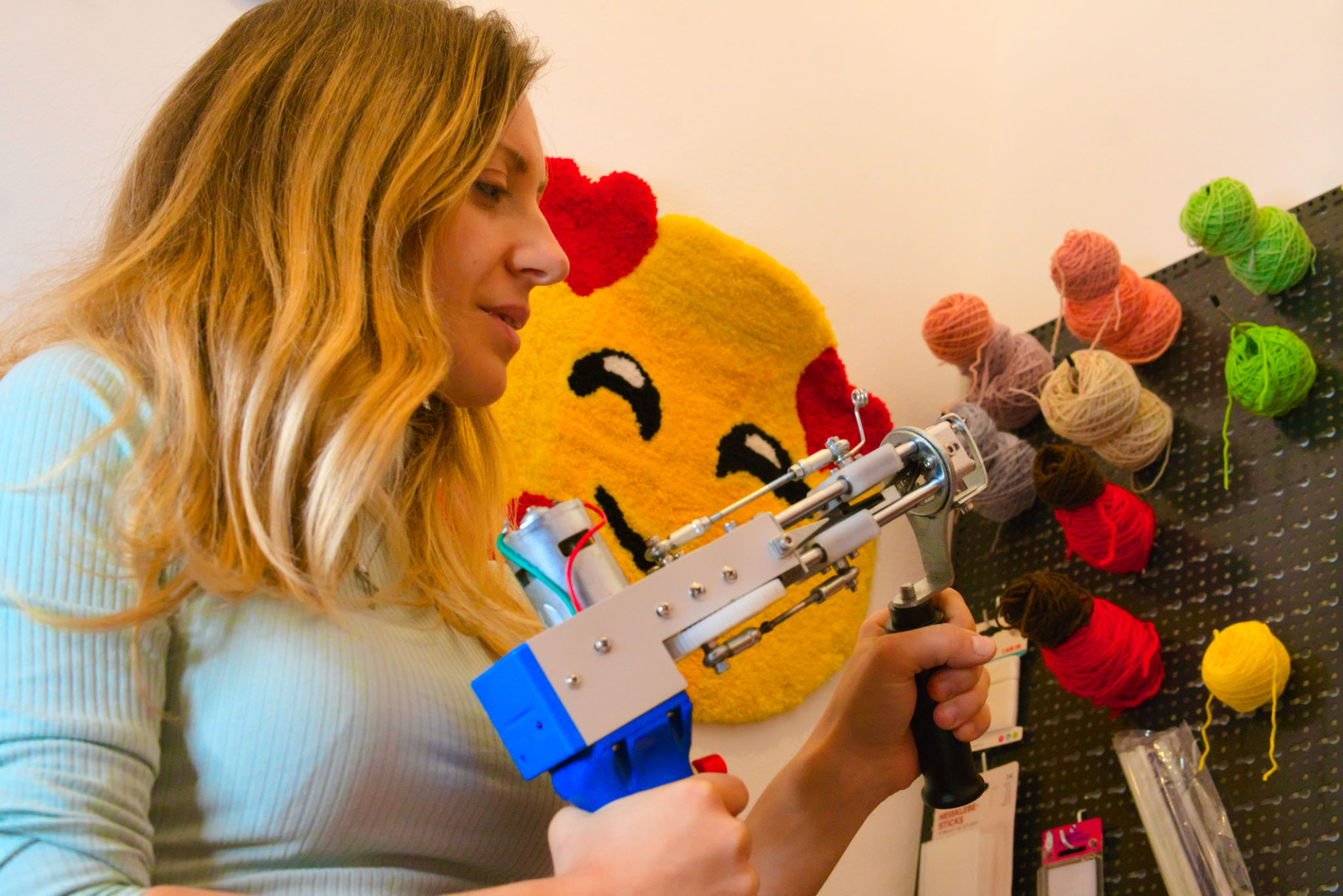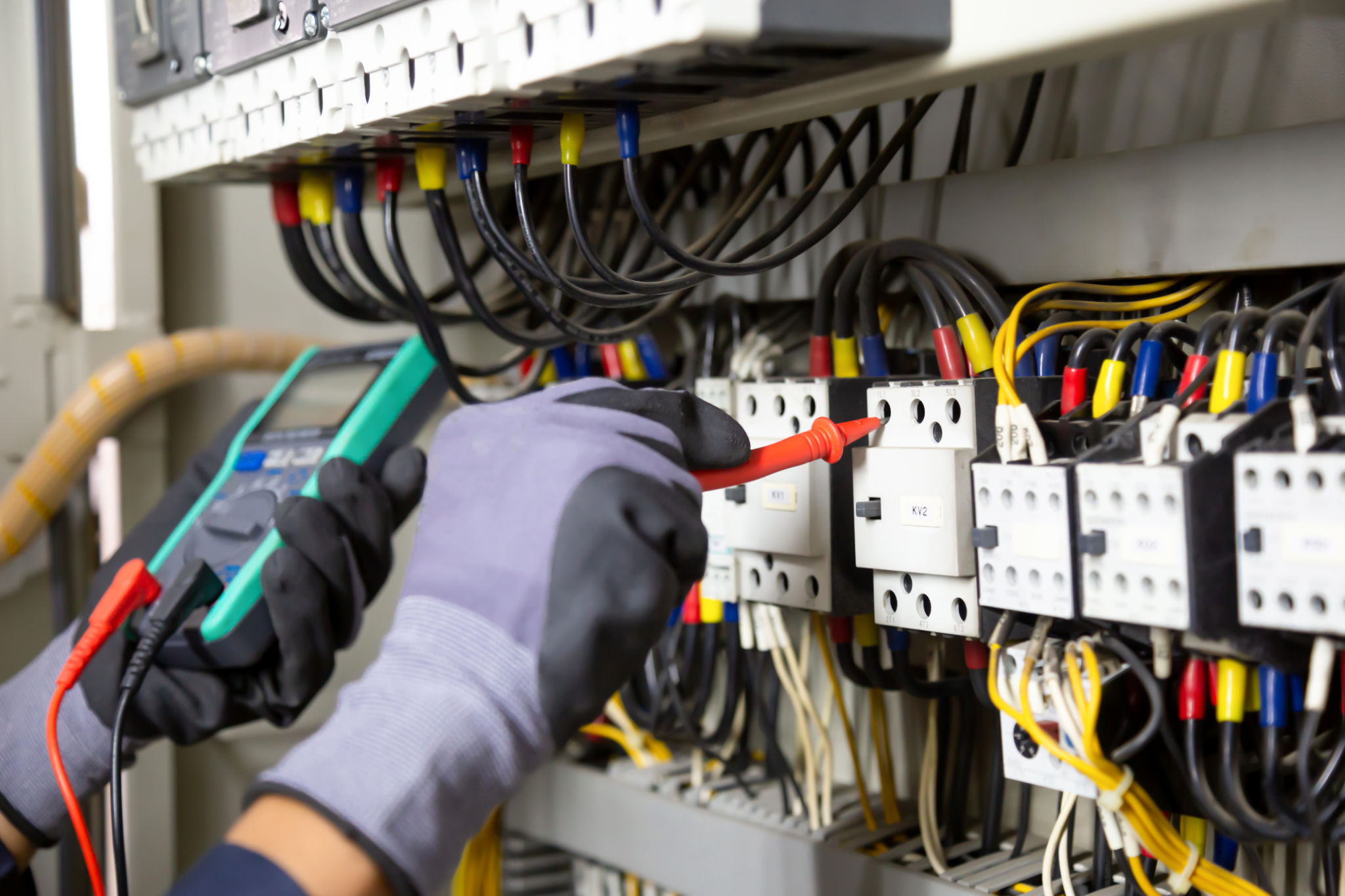Expert Advice: Extending the Lifespan of Your Tufting Equipment
Understanding the Basics of Tufting Equipment Maintenance
Tufting equipment is a vital asset for businesses in the textile industry, and maintaining it properly can significantly extend its lifespan. Regular maintenance not only ensures smooth operation but also saves money by reducing the need for frequent replacements. Understanding the basics of maintenance is the first step to achieving longevity for your equipment.
Begin by familiarizing yourself with the manufacturer's guidelines. These often include specific recommendations for cleaning, lubrication, and part replacements. Following these instructions is crucial as they are tailored to your particular model and can significantly influence the longevity of the equipment.

Regular Cleaning and Inspection
The Importance of Routine Cleaning
Keeping your tufting equipment clean is essential for its proper functioning. Dust and debris can accumulate over time, leading to blockages or wear on moving parts. Implementing a routine cleaning schedule can prevent these issues. Use soft brushes and compressed air to remove particles from hard-to-reach areas.
Conducting Regular Inspections
Regular inspections are critical to catching potential problems early. Check for signs of wear and tear, such as frayed cables, loose screws, or unusual noises during operation. Addressing these issues promptly can prevent more significant problems down the line.

Lubrication and Calibration
Lubrication Best Practices
Proper lubrication is essential for the smooth operation of your tufting equipment. Refer to the manufacturer's guidelines to determine which lubricants are suitable for your machine. Regularly apply lubricant to moving parts to minimize friction and prevent excessive wear.
Importance of Calibration
Calibration ensures that your equipment operates at optimal efficiency. Periodically check and adjust settings to maintain accuracy in tuft patterns and consistency in production quality. Calibration should be performed by trained personnel to ensure precise adjustments.

Sourcing Quality Replacement Parts
Over time, certain components of your tufting equipment may need replacement. Always source high-quality parts from reputable suppliers to ensure compatibility and durability. Using substandard parts can lead to frequent breakdowns and reduced machine efficiency.
Maintain an inventory of essential spare parts to minimize downtime in case of sudden failures. Having parts readily available allows for quick repairs and helps keep production schedules on track.
Training and Skill Development
Investing in training for machine operators is crucial for extending the lifespan of tufting equipment. Skilled operators are better equipped to handle machines efficiently and identify potential issues early on. Regular training sessions can keep their skills updated with the latest industry practices.
Encourage open communication between operators and maintenance teams. This collaboration ensures that any abnormalities in machine performance are reported and addressed promptly, preventing long-term damage.

Final Thoughts on Equipment Longevity
Extending the lifespan of your tufting equipment requires dedication to regular maintenance, thoughtful sourcing of replacement parts, and continuous training for operators. By following these expert tips, you can ensure that your investment continues to yield returns for years to come.
Remember, proactive care is always more cost-effective than reactive repairs. Prioritize maintenance tasks and foster a culture of diligence within your operations to safeguard your machinery's performance and longevity.
